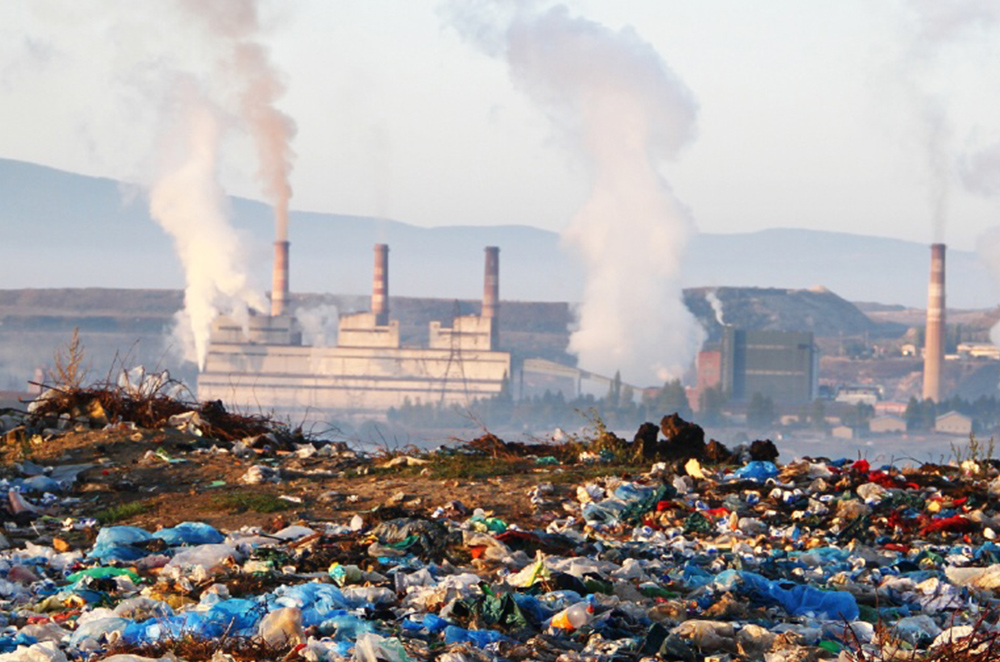When it comes to global warming debates, carbon dioxide is normally the greenhouse gas that gets the most attention, and the worst reputation. But methane is also a potent gas that contributes significantly to the Earth’s greenhouse effect. So what exactly is methane, and why should we care about reducing its output?
The contribution that a greenhouse gas makes to the greenhouse effect depends on how much heat it absorbs, how much it re-radiates and how much of it is in the atmosphere. Pound for pound, methane is approximately 30 times more effective at trapping heat in the atmosphere than carbon dioxide. While it doesn't linger as long as CO2, its impact on climate change is still substantial.
Unsurprisingly, around 60 percent of global methane emissions stem from human activities. Which is why pledges to reduce methane emissions are a crucial step in curbing global warming. Unlike other greenhouse gasses, cutting down on methane has a swift impact. By decreasing humanity's methane output, we can swiftly slow down the rate of warming, buying valuable time in the battle against climate change.
Enter the Global Methane Pledge, which over 150 countries have signed, committing to slashing methane emissions from human sources by 30 percent from 2020 levels by the end of this decade. If accomplished, this concerted effort has the potential to avert 0.2 degrees Celsius of warming by 2050.
Repurposing methane from landfills
Though this pledge is an important milestone, there’s still a long way to go before it can really make a difference. The good news is research has shown there are ways of turning the methane we are already producing into something useful.
Because methane is valuable as a fuel, there's a compelling financial incentive to capture methane and harness its energy potential. By targeting key sources like gas wells and landfills, we can make substantial reductions in methane pollution while simultaneously tapping into a clean energy source.
Landfills are breeding grounds for methane; as organic materials decompose within them, they release biogas, which includes methane. However, instead of allowing this potent greenhouse gas to escape into the atmosphere, new technologies enable us to capture and repurpose it.
By tapping into landfill methane, we could generate electricity or heat, displacing the need for fossil fuels and mitigating greenhouse gas emissions in the process. In fact, research shows 61% of the waste sector emissions could be avoided by 2030 with the full implementation of current landfill gas capture technology.
The potential of Latin American waste
In areas like Latin America, where landfills are a common problem, this repurposing of methane could be an excellent solution. Furthermore, the region shows significant potential for methane mitigation, because it is estimated that over 50% of the region’s waste consists of organic materials.
Several countries in the region are already looking for ways to implement methane repurposing strategies and better waste management in general. There are also international initiatives like the Inter-American Development Bank’s ‘Too Good to Waste’ project, which calls for and will fund proposals designed to help reduce methane emissions generated from waste.
In the grand scheme of environmental challenges, methane poses a formidable obstacle. However, by adopting proactive measures to reduce emissions and repurpose this potent greenhouse gas, we can transform it from a problem into a promise.

